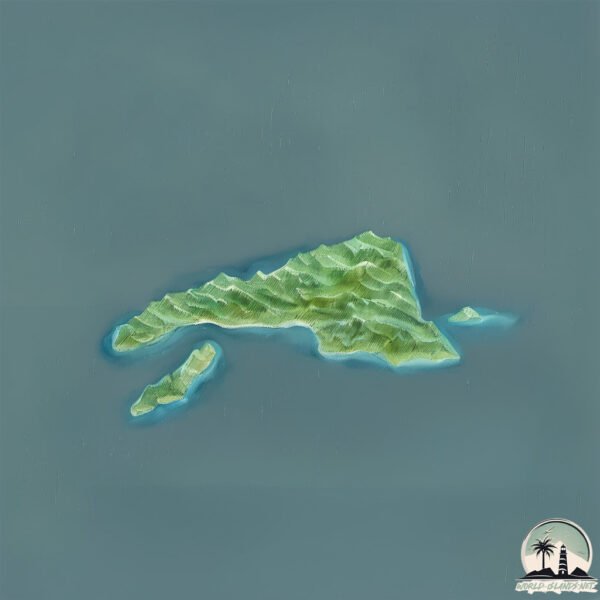Brunette

Welcome to Brunette, a Continental island in the Gulf of St. Lawrence, part of the majestic Atlantic Ocean. This guide offers a comprehensive overview of what makes Brunette unique – from its geography and climate to its population, infrastructure, and beyond. Dive into the details:
- Geography and Size: Explore the island’s size and location.
- Climate and Weather: Weather patterns and temperature.
- Topography and Nature: Uncover the natural wonders of the island.
- Infrastructure and Travelling: Insights on reaching, staying, and making the most of your visit.
- News and Headlines: Latest News.
Geography and size of Brunette
Size: 19.3 km²
Coastline: 34 km
Ocean: Atlantic Ocean
Sea: Gulf of St. Lawrence
Continent: North America
Brunette is a Medium Island spanning 19 km² with a coastline of 34 km.
Archipel: –
Tectonic Plate: North America – Covers North America and parts of the Atlantic and Arctic Oceans, characterized by diverse geological features and varying levels of seismic activity.
The geographic heart of the island is pinpointed at these coordinates:
Latitude: 47.27679141 / Longitude: -55.90360963
Climate and weather of Brunette
Climate Zone: Continental
Climate Details: Subarctic Climate
Temperature: Cold Summer
Climate Characteristics: Characterized by long, extremely cold winters and short, cool summers, often found in northern latitudes of North America and Eurasia.
Topography and nature of Brunette
Timezone: UTC-03:30
Timezone places: America/St_Johns
Max. Elevation: 93 m
Mean Elevation: 48 m
Vegetation: Mixed Forest
Tree Coverage: 72%
The mean elevation is 48 m. The highest elevation on the island reaches approximately 93 meters above sea level. The island is characterized by Plains: Flat, low-lying lands characterized by a maximum elevation of up to 200 meters. On islands, plains are typically coastal lowlands or central flat areas.
Dominating Vegetation: Mixed Forest
A combination of both deciduous and evergreen trees, often found in transitional zones between forest types. These forests offer a diverse habitat for various wildlife species. Brunette has a tree cover of 72 %.
Vegetation: 11 vegetation zones – Exceptionally Diverse Island
Islands with more than ten vegetation zones are among the most ecologically rich and varied in the world. These islands are akin to miniature continents, boasting an incredible array of ecosystems. The sheer range of habitats, from high peaks to deep valleys, rainforests to deserts, creates a mosaic of life that is unparalleled. They are crucial for conservation and ecological studies.
Infrastructure and Travelling to Brunette
Does the island have a public airport? no.
There is no public and scheduled airport on Brunette. The nearest airport is Miquelon Airport, located 49 km away.
Does the island have a major port? no.
There are no major ports on Brunette. The closest major port is PORT DE ST PIERRE, approximately 58 km away.
The mean population of Brunette is 0 per km². Brunette is Uninhabited. The island belongs to Canada.
Continuing your journey, Bois is the next notable island, situated merely km away.
Brunette Aerial View May 2016



Canada is classified as Developed region: G7: Group of Seven – Major advanced economies, including Canada, France, Germany, Italy, Japan, the United Kingdom, and the United States. The level of income is High income: OECD.
News – Latest Updates and Headlines from Brunette
Stay informed with the most recent news and important headlines from Brunette. Here’s a roundup of the latest developments.
Please note: The data used here has been primarily extracted from satellite readings. Deviations from exact values may occur, particularly regarding the height of elevations and population density. Land area and coastline measurements refer to average values at mean high tide.
